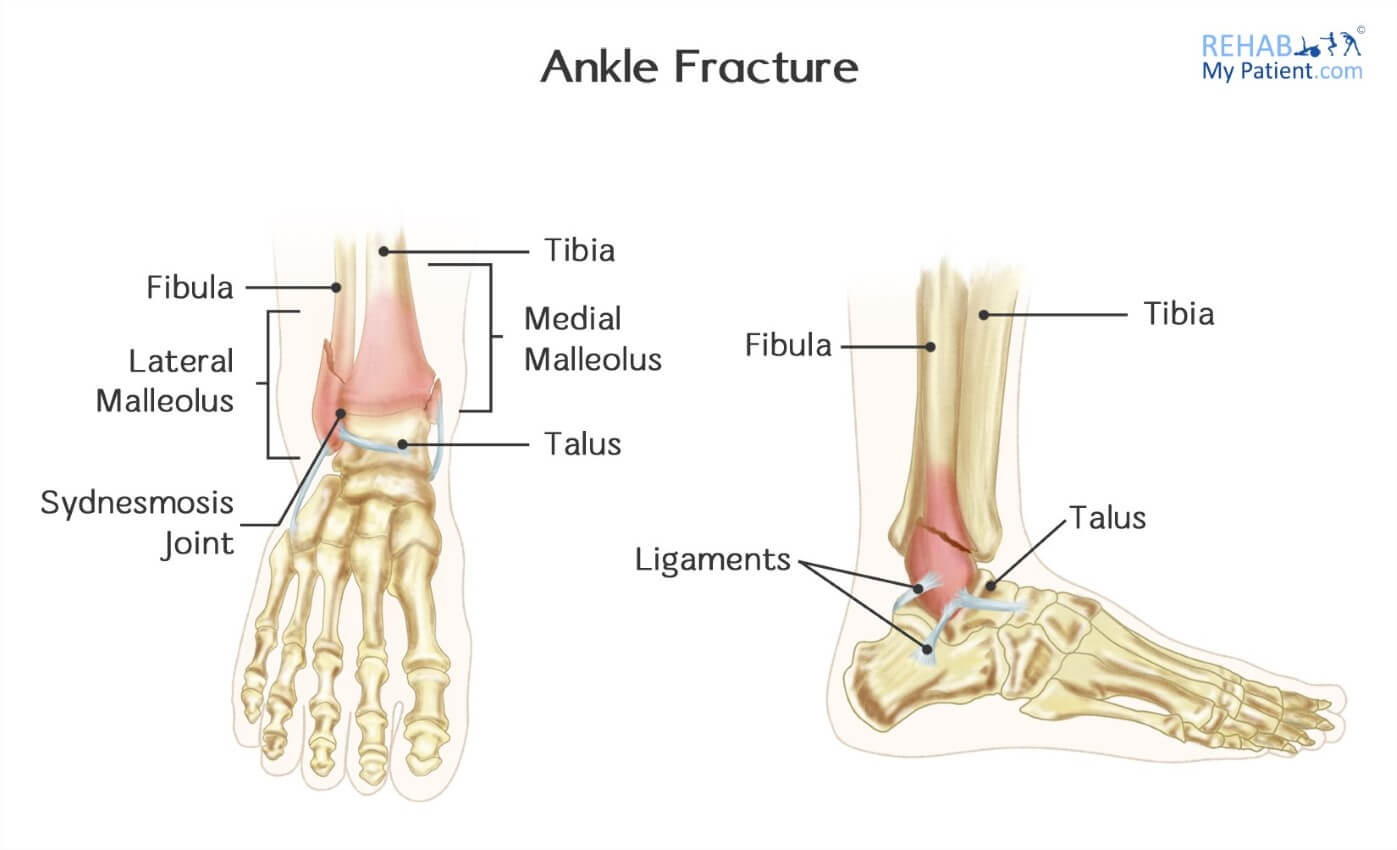
Broken ankles, which are commonly termed an ankle fracture, can occur in children especially active ones who play a lot of sport or do a lot of running around. But they can prove to be one of the most troublesome injuries if not properly taken care of.
Ankle fractures are a break in the bones that complete the ankle: the fibula, talus and the tibia. When it comes to ankle fractures in children, they tend to involve the fibula and the tibia more often than they do the talus. Fractures along the end of the fibula and the tibia often involve the growth plates. These plates are areas of cartilage tissue developing to help regulate bone growth and play a role in determining the shape and length of the adult bone.
Growth plate fractures of the ankle will often require attention immediately due to the long-term consequences, which include legs growing crooked or of different lengths. Orthopedic surgeons can provide information on treatment options, as well as any long-term care for monitoring the treatment outcome.
Ankle Fractures in Children Anatomy
Three main bones make up the ankle: the fibula (smaller bone within the lower leg), the tibia (shin bone) and the talus (small foot bone that serves as a hinge between the fibula and the tibia). Bones are joined to other bones with ligaments. Ligaments serve as strong ropes that can hold all of the bones together. Several ligaments in the ankle work to keep the joint stable.

How to treat ankle fractures in children?
Ankle fractures in children are often classified based on a number of different factors, such as:
- Location of the fracture
- The extent of the damage to the growth plate
- Positioning of the foot when the injury occurred, such as pronation
- Direction from which the force came when injury occurred, such as external rotation
When it comes to planning your treatment, all of the aforementioned factors will be taken into consideration. The doctor will consider how much bone displacement has occurred. In terms of a displaced fracture, the broken bone ends have separated from one another and they don’t line up. These fractures will often require surgery to place everything back together.
One of the biggest classification systems is that of the Salter-Harris system. Multiple types of classifications exist based on the fracture itself and the proper treatment regimen needed to correct the break. With Salter-Harris I and II fractures, there is a minimal risk of impairing growth. The broken pieces will be put back into position, known as a closed reduction. A cast keeps everything in place during the healing process, which averages four to six weeks. A Salter-Harris V fracture is far more complicated and requires a greater degree of care.
Diagnosis of an ankle fracture in children can sometimes prove to be more difficult than that of an adult and you may be required to do more than get an X-Ray. Once you know for sure that your child has an ankle fracture, you'll most likely be given a brace for their ankle as well as pain medication, a TD vaccine (to protect against diphtheria and tetanus amongst adolescents), and/or either a closed reduction or open reduction. A closed reduction is where your child's bones will be placed together without the use of surgery.
However, an open reduction is when an incision has to be made and wires, pins, plates, and/or screws are used to place the bones back together. Aside from all of this, you can do the usual "rest, sleep, elevate, and ice" for your child to ensure that they stay comfortable at all times.
Tips:
- Growth plate fractures have to be watched carefully to make sure you achieve optimal results for the long-term.
- If the growth is uneven, it can result in ankle deformity.
- After the fracture has occurred, you have to go to the doctor for regular follow-up visits for at least a year.
- Complicated fractures might require following until the child has reached maturity.
- Since growth plates are the last part of the bones to harden, they tend to be prone to fracture.
Sign Up
Sign up for your free trial now!
Get started with Rehab My Patient today and revolutionize your exercise prescription process for effective rehabilitation.
Start Your 14-Day Free Trial